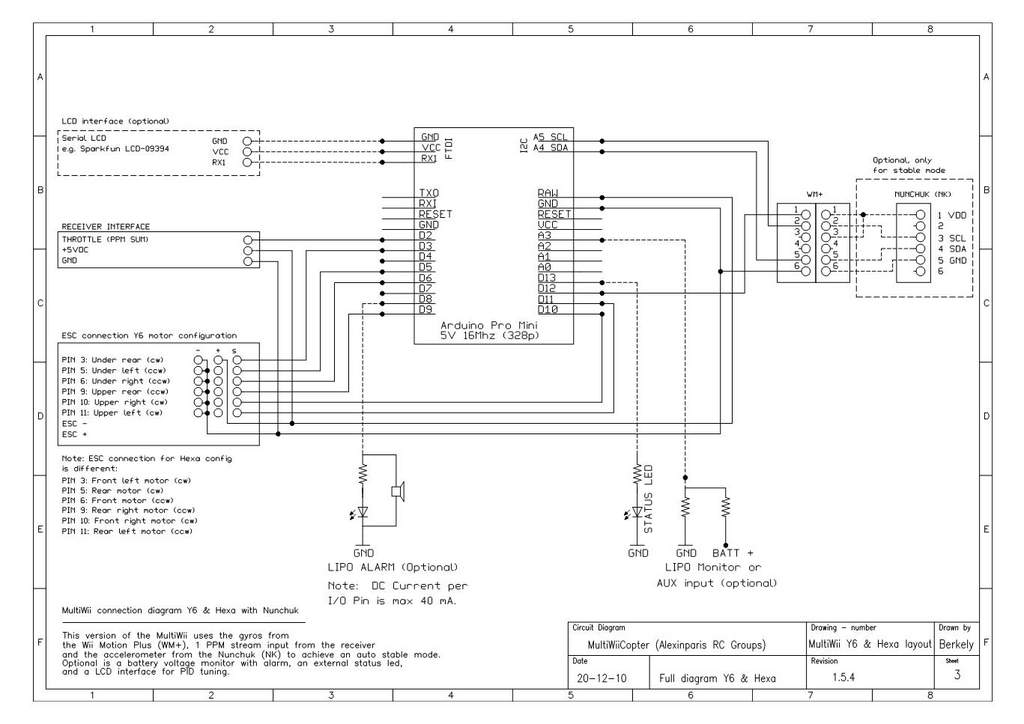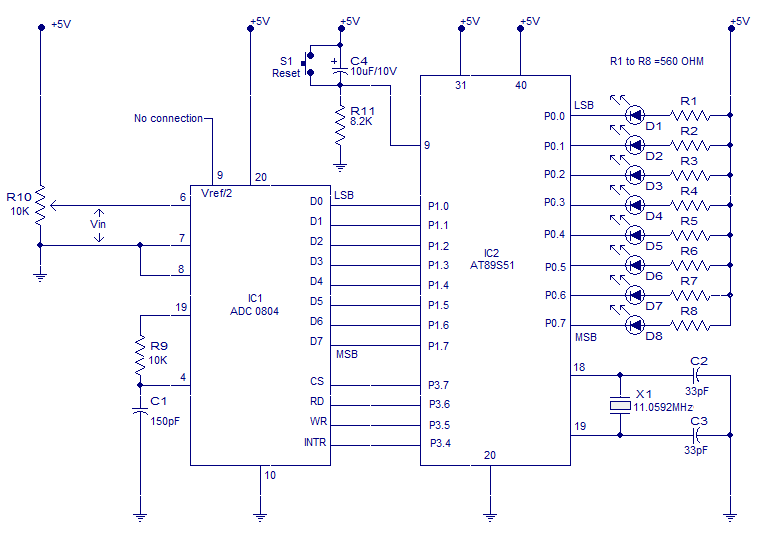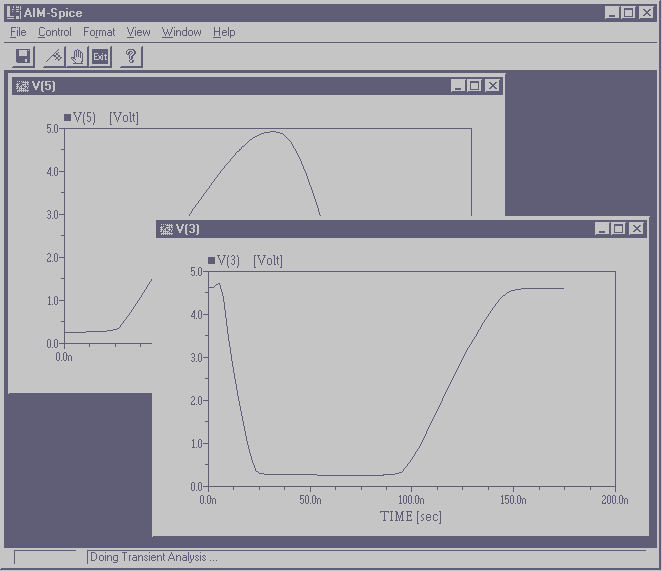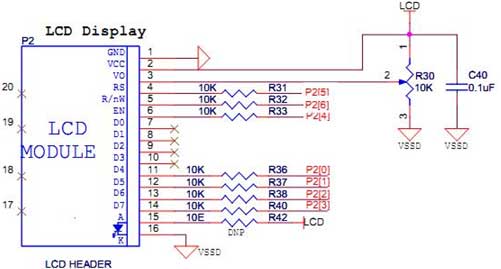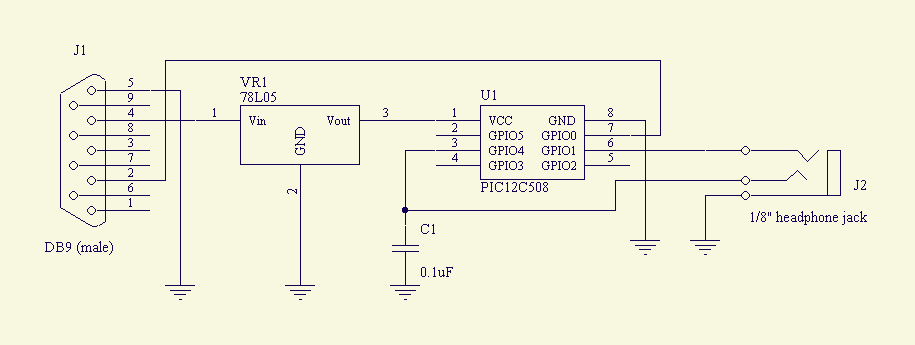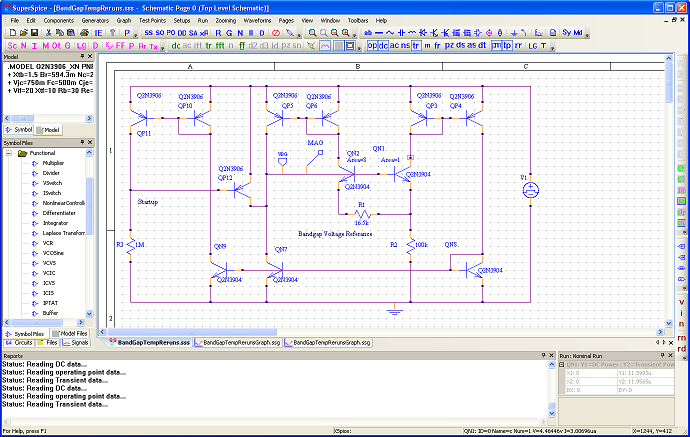
interfacing spi adc with spartan 6 fpga
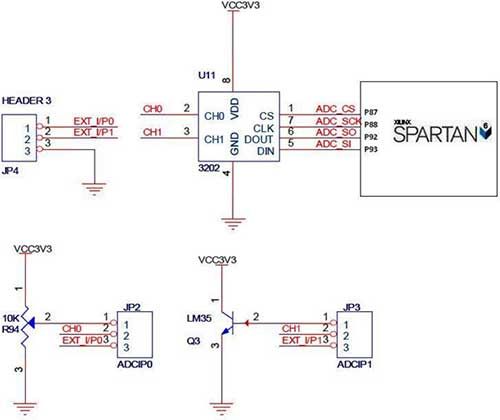
The Spartan-6 board features a 2-channel, 12-bit SPI ADC, as shown in the accompanying figure. In synchronous serial communication, a clock line (SCK in the case of SPI) is used to synchronize data transfer, with the clock being controlled by the MASTER device. In this configuration, the Spartan-6 acts as the MASTER while the MCP3202 serves as the slave on the bus. SPI operates in full duplex mode, allowing data to be sent and received simultaneously. A SPI transfer begins when the MASTER pulls the CS line low, which remains HIGH during idle periods. The MASTER can transmit data in 8-bit (or 1-byte) segments. It is crucial to note that for each byte the MASTER sends to the SLAVE, it simultaneously receives one byte in return, making the data exchange a two-way transaction.
The Spartan-6 board integrates a 2-channel, 12-bit SPI Analog-to-Digital Converter (ADC), specifically the MCP3202. This ADC is designed to convert analog signals into digital data, which can be processed by digital systems. The SPI (Serial Peripheral Interface) protocol facilitates communication between the Spartan-6 and the MCP3202. In this setup, the Spartan-6 functions as the MASTER, managing the clock signal (SCK) and initiating data transfers, while the MCP3202 operates as a SLAVE device.
The SPI protocol is characterized by its synchronous nature, meaning that the data transfer is synchronized with a clock signal generated by the MASTER. The communication begins with the MASTER asserting the Chip Select (CS) line low, indicating the start of a transaction. The CS line remains high when idle, ensuring that the SLAVE device is not engaged in communication unless explicitly selected.
During a SPI transaction, the MASTER sends data in 8-bit chunks, allowing for efficient data transfer. The full duplex capability of SPI ensures that while the MASTER is sending a byte to the SLAVE, it simultaneously receives a byte from the SLAVE. This bidirectional communication is essential for applications requiring real-time data exchange.
The MCP3202 provides a resolution of 12 bits, allowing for precise analog signal conversion. It supports two input channels, enabling the Spartan-6 to process multiple analog signals. The configuration allows for seamless integration into various applications, such as sensor data acquisition and signal processing systems. Proper implementation of the SPI protocol ensures reliable communication and efficient data handling between the Spartan-6 and the MCP3202, making this setup suitable for a wide range of electronic projects.The Spartan-6 board has 2-channel 12 Bit SPI ADC, indicated as in Figure. As you know in synchronous serial communication there is a clock line (SCK in case of SPI) which synchronizes the transfer. The clock is always controlled by the MASTER. In our case the Spartan6 is the MASTER and the MCP3202 is a slave on the bus. SPI is full duplex, which m eans data can be sent and received simultaneously. A SPI transfer is initiated by the MASTER pulling the CS line low. The CS line sits at HIGH during idle state. Now master can write to the bus in 8bit (or 1 byte) chunks. One most important thing to note about SPI is that for every byte MASTER writes to SLAVE the MASTER receives one byte in return. So the only transaction possible is exchange of data. 🔗 External reference
The Spartan-6 board integrates a 2-channel, 12-bit SPI Analog-to-Digital Converter (ADC), specifically the MCP3202. This ADC is designed to convert analog signals into digital data, which can be processed by digital systems. The SPI (Serial Peripheral Interface) protocol facilitates communication between the Spartan-6 and the MCP3202. In this setup, the Spartan-6 functions as the MASTER, managing the clock signal (SCK) and initiating data transfers, while the MCP3202 operates as a SLAVE device.
The SPI protocol is characterized by its synchronous nature, meaning that the data transfer is synchronized with a clock signal generated by the MASTER. The communication begins with the MASTER asserting the Chip Select (CS) line low, indicating the start of a transaction. The CS line remains high when idle, ensuring that the SLAVE device is not engaged in communication unless explicitly selected.
During a SPI transaction, the MASTER sends data in 8-bit chunks, allowing for efficient data transfer. The full duplex capability of SPI ensures that while the MASTER is sending a byte to the SLAVE, it simultaneously receives a byte from the SLAVE. This bidirectional communication is essential for applications requiring real-time data exchange.
The MCP3202 provides a resolution of 12 bits, allowing for precise analog signal conversion. It supports two input channels, enabling the Spartan-6 to process multiple analog signals. The configuration allows for seamless integration into various applications, such as sensor data acquisition and signal processing systems. Proper implementation of the SPI protocol ensures reliable communication and efficient data handling between the Spartan-6 and the MCP3202, making this setup suitable for a wide range of electronic projects.The Spartan-6 board has 2-channel 12 Bit SPI ADC, indicated as in Figure. As you know in synchronous serial communication there is a clock line (SCK in case of SPI) which synchronizes the transfer. The clock is always controlled by the MASTER. In our case the Spartan6 is the MASTER and the MCP3202 is a slave on the bus. SPI is full duplex, which m eans data can be sent and received simultaneously. A SPI transfer is initiated by the MASTER pulling the CS line low. The CS line sits at HIGH during idle state. Now master can write to the bus in 8bit (or 1 byte) chunks. One most important thing to note about SPI is that for every byte MASTER writes to SLAVE the MASTER receives one byte in return. So the only transaction possible is exchange of data. 🔗 External reference
